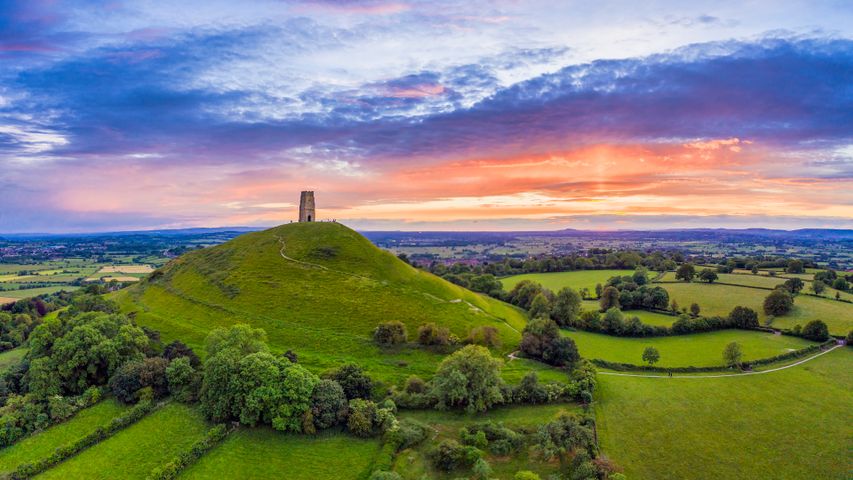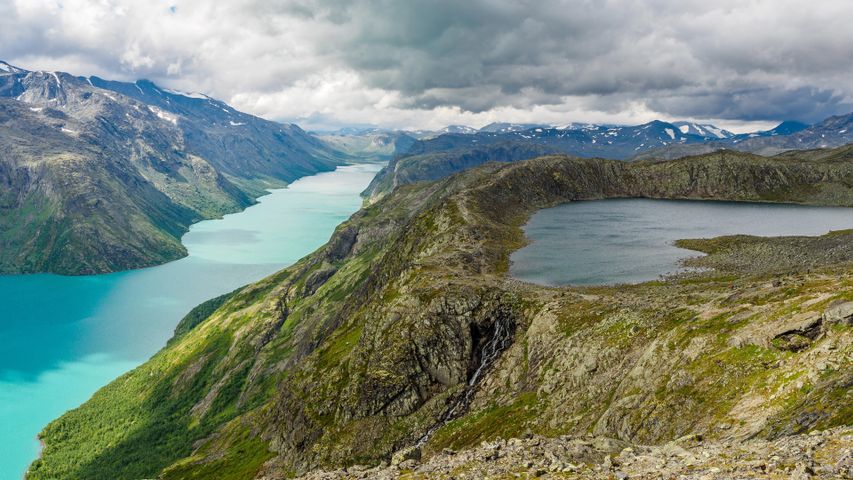Salt cones on the Salar de Uyuni, Bolivia
© John Shaw/Minden Picture
Salt of the Earth
This shimmering white expanse isn’t snow and ice - it’s a surreal landscape of seemingly endless salt, high in the Andes of south-west Bolivia. At a lofty altitude of about 12,000ft (3,657m) above sea level, Salar de Uyuni is the world’s largest salt flat, spanning just over 4,000 square miles. It was formed when prehistoric lakes dried up over centuries, leaving behind a desert of salt that can be seen from space. During the rainy season (December to April), a thin layer of water covering the salt transforms the area into a giant mirror that reflects the sky. If you’re driving across the surface, it can appear as though you are navigating through a highway of clouds.
Salar de Uyuni contains more than just a pinch of salt; there's an estimated 9.8 billion tonnes of it here, with about 23,000 tonnes extracted annually. Local salt gatherers - 'saleros' - scoop the raw mineral into mounds to let it dry under the sun before it's transported to the nearby village of Colchani, where it's processed and turned into table salt. But the real treasure is buried beneath the salt crust: Just below the crystalline surface lies the world's largest untapped lithium reserve that could one day power the batteries in our smartphones, laptops and electric cars.
Related Images
Bing Today Images


 Mesquite Flat Sand Dunes in Death Valley National Park, California, United States
Mesquite Flat Sand Dunes in Death Valley National Park, California, United States
 St. Michael's Church Tower on Glastonbury Tor, Glastonbury, Somerset, England
St. Michael's Church Tower on Glastonbury Tor, Glastonbury, Somerset, England
 Chisos Mountains, Big Bend National Park, Texas, United States
Chisos Mountains, Big Bend National Park, Texas, United States
 Arromanches-les-Bains in Normandy, France
Arromanches-les-Bains in Normandy, France
 Barrier reef off Grande Terre, New Caledonia, France
Barrier reef off Grande Terre, New Caledonia, France
 Knuthöjdsmossen nature reserve, Sweden
Knuthöjdsmossen nature reserve, Sweden
 Jotunheimen National Park in Norway
Jotunheimen National Park in Norway
 Mount Hamilton, San Francisco Bay Area, California, United States
Mount Hamilton, San Francisco Bay Area, California, United States



